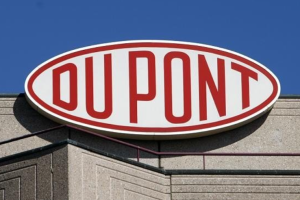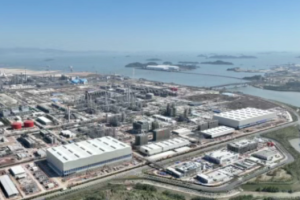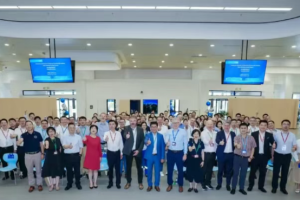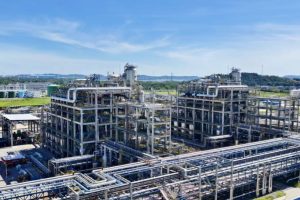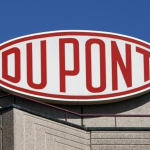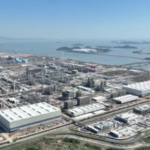July 15, 2025 –
European Chemical Industry Undergoes Major Restructuring as Production Shifts Accelerate
The European chemical sector is witnessing a historic transformation as multinational corporations implement sweeping operational changes across the continent. AsiaMB’s industry analysis reveals this restructuring wave is reshaping the global chemical landscape, with particular implications for color masterbatch and polymer compound producers.
Dow Chemical’s latest announcement exemplifies this trend, with three strategic production sites in Germany and UK scheduled for closure. The shutdown of the Böhlen ethylene cracker – a crucial 510,000-ton-per-year facility – will significantly impact regional raw material availability for downstream processors. This move follows the company’s January 2025 global cost-reduction initiative and affects approximately 800 positions.

Multiple factors are driving this industrial realignment:
• Energy cost disparities: Q1 2025 data shows European natural gas prices at 330% of US levels
• Regulatory pressures: Carbon taxes and environmental compliance costs continue rising
• Market dynamics: EU chemical capacity utilization has dropped to 74%, well below the 81.4% historical average
The production exodus extends beyond Dow:
• Celanese will shutter its Frankfurt-based vinyl acetate monomer plant
• INEOS plans permanent closure of phenol/acetone operations in Gladbeck
• Westlake Chemical is ceasing operations at its Pernis facility
Industry experts predict these changes will eliminate approximately 4.6 million tons of annual ethylene capacity in Europe by 2027, potentially triggering global supply chain realignments. For Asian masterbatch producers, this presents both opportunities for market expansion and challenges from potential trade barriers.
“The European experience offers valuable lessons for sustainable transformation,” noted an AsiaMB analyst. “While reducing traditional capacity, these companies are simultaneously investing in circular economy solutions that may redefine future production standards.”
The restructuring highlights growing competitive pressures between established chemical regions and emerging production hubs. Market observers anticipate further announcements as companies finalize Q2 financial evaluations and long-term strategic plans.


